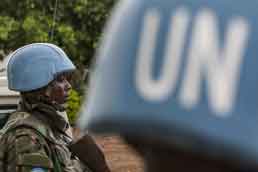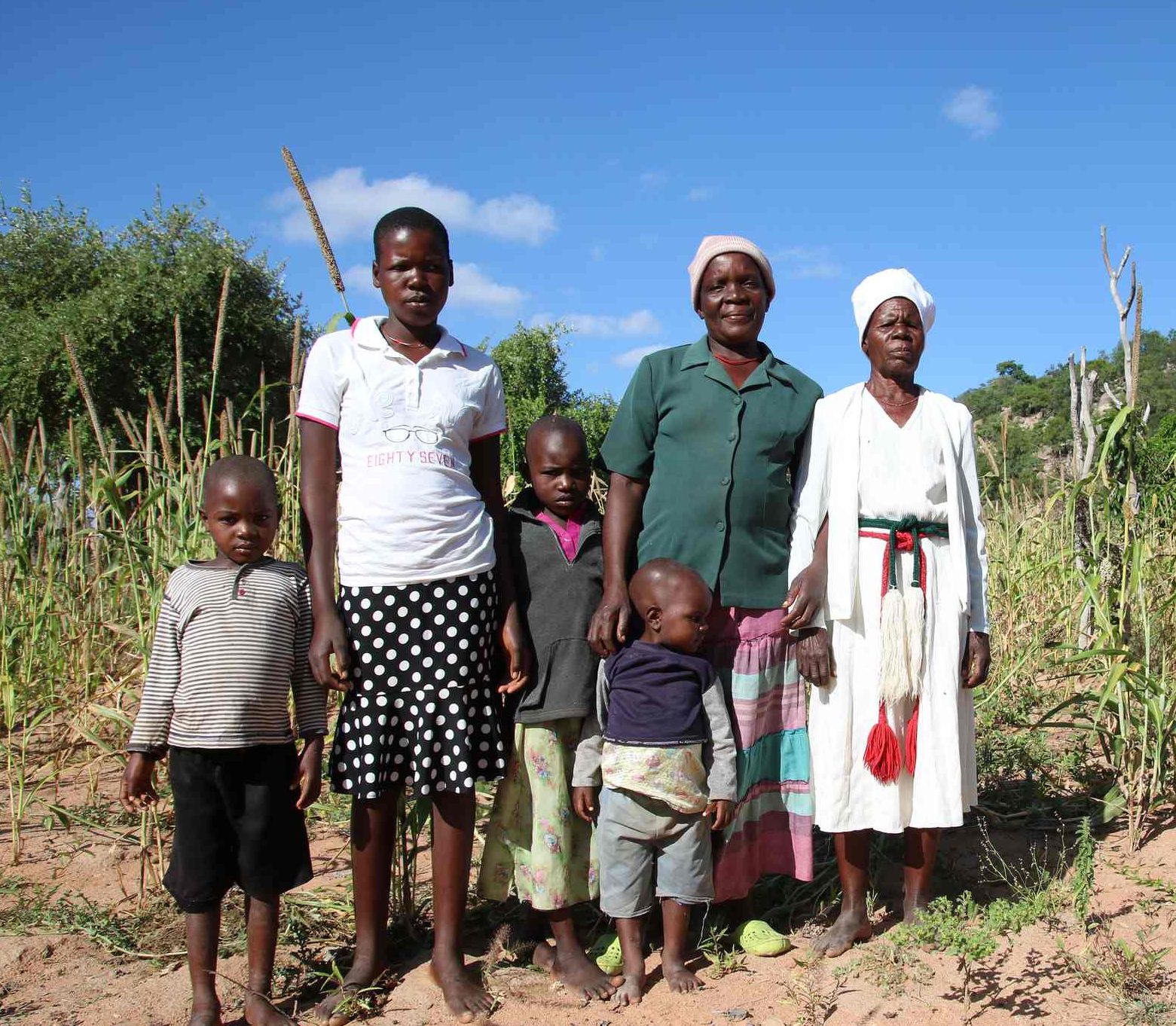Africa

Blue Nile—Sudan’s forgotten front
Eclipsed by the media coverage of Darfur and South Sudan, a little-known rebellion lingers in the southeastern corner of Sudan. The roots of the conflict are long and winding, but for the civilians caught in the midst of Blue Nile's insurgency the effects are immediately real....

Five years after independence, South Sudan faces myriad challenges
South Sudan has a population of just over 11 million people, 2.3 million of whom have fled their homes due to ongoing violence. About 1.61 million South Sudanese are displaced within South Sudan, and over 720,000 have sought refuge in neigbouring countries according to the UN Office for the Coordi...

In South Sudan, bodies are being counted as peace accord appears to unravel
Even though the fighting that tore through the capital had mostly stopped, many of the 45,000 people who fled the clashes searched for food and water, often without success. The United Nations had reached a critical shortage of basic aid supplies, officials said....

These 2 boys were born the same day in the same town, but their lives will be dramatically different.
How chronic malnourishment damages the bodies and brains of 1 in 4 children worldwide....
African women are breaking their backs to get water for their families
Hauling heavy loads can cause physical damage, analysis finds....

Across Africa, the worst food crisis since 1985 looms for 50 million
A second year without rain threatens to bring catastrophe for some of the poorest people in the world. Donor countries, in the grip of wars and refugee crises, have been slow to pledge funds. But by the time they do, it could be too late...

Life for the Baka Pygmies of the Central African Republic
Susan Schulman’s photo essay reveals life in the Dzanga-Sangha forest, where Baka Pygmies are struggling to maintain their traditional way of life in the face of logging, poaching and a lack of healthcare....

It’s a disaster’: children bear brunt of southern Africa’s devastating drought
In southern Malawi and Zimbabwe, drought is overwhelming communities, forcing families to rely on meals of leaves and watermelon soup....
Boko Haram is losing, but so is food production
Nigeria’s war against Boko Haram is finally swinging in the government’s favour, but it’s going to take much longer for food production to recover in the country’s northeast. The same is true in neighbouring Cameroon, which has also felt the impact of the violence....

Bananas, corn and beans facing a bleak future as staple African crops decline
Bananas, maize and beans could be among crops consigned to history in parts of sub-Saharan Africa, with drastic consequences for people who rely on beans as a vital source of protein.Climate change will leave swaths of sub-Saharan Africa unable to produce staple crops such as maize, bananas and bean...









